Reviews
A Story of Water
Jean-Luc Godard and François Truffaut
France, 1958
Credits
Review by Leo Goldsmith
Posted on 31 March 2010
Source Criterion Collection DVD
Une histoire d’eau (A Story of Water) is a film of digressions, and appropriately its own history is itself a digressive one. It began in the spring of 1958 as a film by François Truffaut who, having made only a couple of short films, secured financing from renowned producer Pierre Braunberger to make a quick romantic comedy in a recently flooded region near Paris. After a quick (and, by the looks of it, very amateurish) shoot, Truffaut abandoned the project—according to Richard Brody, because he was embarrassed to be making a light comedy in the middle of a disaster area.1 But later that same year, the equally ambitious Jean-Luc Godard (who also had only made a couple of short films) recognized potential in Truffaut’s discarded footage and decided to repurpose it. The film would have to wait until 1961 for its official premiere, by which time its two directors had already made names for themselves with their early feature films.
Despite its origins, Histoire probably resembles a Godard film more than one by Truffaut. The footage itself portrays a simple, even frivolous romantic tale: a young coquettish woman, played by Caroline Dim, emerges from her house one morning to find her town flooded, and navigates the watery streets in search of a lift to Paris. She soon finds herself in the car of a roguish young man played by Jean-Claude Brialy, and the two take a series of detours (motivated by the deluge as well as their flirtations) before reaching their destination. But though it’s indelibly marked by the whimsical nature of Truffaut’s footage (and Dim’s and Brialy’s performances), the final film is anything but a simple love story. Heavily montaged, the final film features a relentlessly verbose monologue dubbed by actress Anne Colette for Dim’s character, with frequent interjections from Godard as the voice of Brialy.
As the two characters’ journey stops and starts, sets off and doubles back, the voiceover seems to do the same, stating and exclaiming and interrupting itself (“I caught a ride with a guy who wasn’t - what? - Wasn’t bad at all”). The collaboration, such as it is, between the two filmmakers is thus fairly easy to parse. On the one hand, there is the cheap and cheerful production by Truffaut, made simply in a manner directly inspired by Rossellini (for whom Truffaut worked as an assistant). On the other, there is the seemingly chaotic order imposed by Godard, which redirects the relatively simple actions depicted onscreen with a series of jarring jumpcuts and the maddening non sequiturs of the voiceover, a verbal counterpoint that comments upon the action before breaking off in a series of asides and seemingly unrelated references. Godard’s voiceover flits from Georges Franju to Raymond Chandler, from German Romanticism to French Impressionism, and, in a single line, from Puss-in-Boots to Edgar Allen Poe. Explicitly aligning itself with what Louis Aragon calls Petrarch’s “art of digression,” Dim/Colette’s character states, “I’m not straying from the subject, and if I do, that’s my real subject, exactly like a car that strays from its usual path because a flood forces it to drive across fields to reach the road to Paris.”
In its pattern of digressions and redirections, the film makes the characters’ detour analogous to Godard’s detournement of Truffaut. In this sense, the film seems less a collaboration between Truffaut and Godard than a hostile takeover: there’s something overwhelming in Godard’s torrential voiceover, and his montage aggressively deconstructs any sense of realism, of continuity of space and performance. And given what we know of the two directors’ subsequent careers (to say nothing of their stormy relationship), it’s tempting to see Godard’s reworking of Truffaut as less of a redirection than an inundation.2
But it’s curious that, in spite of the oppressively verbose nature of his soundtrack, Godard dedicates Une histoire d’eau not to any of the copious literary figures he cites, but to Mack Sennett, master of physical comedy in the silent cinema. This dedication, and the wistful manner in which Collette’s voiceover verbally credits Truffaut and Godard, offers a rather touching tribute to the directors’ shared affinity for the cinema. Whatever their differences of approach - differences which would become dramatically more marked over time - Une histoire d’eau testifies to a mutual love of the movies, which by that point the two had enjoyed together for the better part of a decade: at the Cinémathèque, in the pages of Cahiers du cinéma, and finally in their own films. And perhaps as a concession to this shared love, Godard’s voiceover pays the ultimate tribute to Truffaut’s image by - briefly - shutting up. “Ok, I’ll be quiet,” the girl acquiesces, as the lovers cross a flooded field. “Usually, I don’t care about the image. It’s the text that’s important. But this time I’m wrong, because here everything is beautiful. No noise, no music, silence.”
- Richard Brody, Everything is Cinema: The Working Life of Jean-Luc Godard, 45. ↩
- This torrential quality is even echoed in the title of the film, though in quite a different way. Referencing Anne Desclos’s anonymously published erotic novel of domination and submission, Histoire d’O, the film inundates its characters with a flood of desire. “I felt the water grope my legs and watched it invade garages, cellars, living rooms,” Dim/Collette’s character notes, and soon Brialy is doing the same. ↩
More Love on the Run: The Films of François Truffaut
-

Les Mistons
1957 -
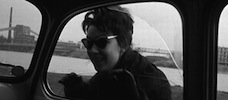
Une histoire d’eau
1958 -
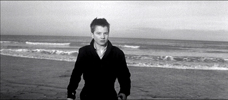
The 400 Blows
1959 -
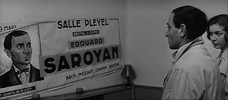
Shoot the Piano Player
1960 -
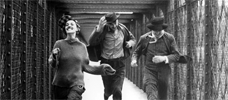
Jules and Jim
1962 -
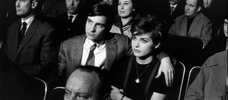
Antoine and Colette
1962 -
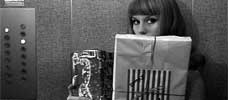
The Soft Skin
1964 -
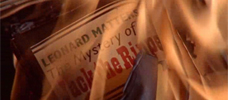
Fahrenheit 451
1966 -
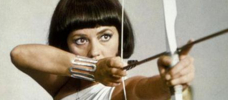
The Bride Wore Black
1968 -
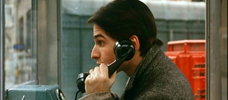
Stolen Kisses
1968 -
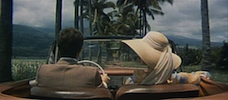
Mississippi Mermaid
1969 -
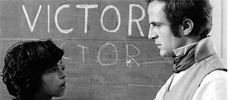
The Wild Child
1970 -
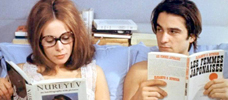
Bed and Board
1970 -
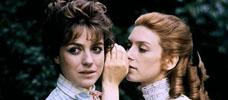
Two English Girls
1971 -
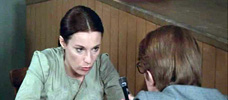
Such A Gorgeous Kid Like Me
1972 -
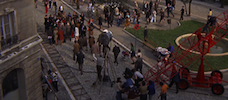
Day for Night
1973 -
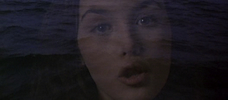
The Story of Adele H.
1975 -
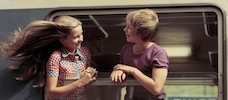
Small Change
1976 -
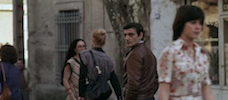
The Man Who Loved Women
1977 -
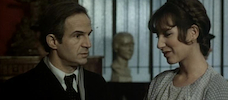
The Green Room
1978 -
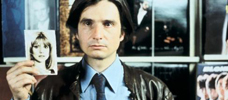
Love on the Run
1979 -
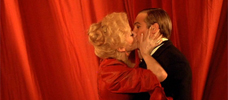
The Last Metro
1980 -
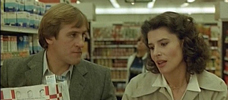
The Woman Next Door
1981 -
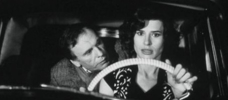
Confidentially Yours!
1983
We don’t do comments anymore, but you may contact us here or find us on Twitter or Facebook.



